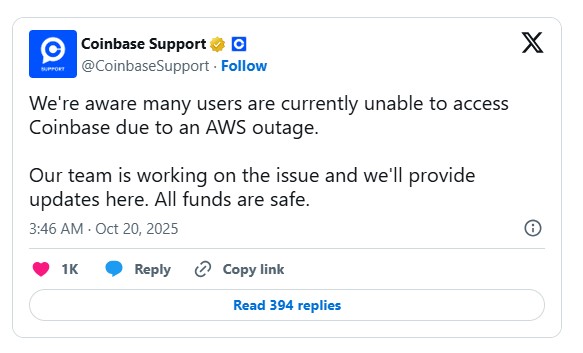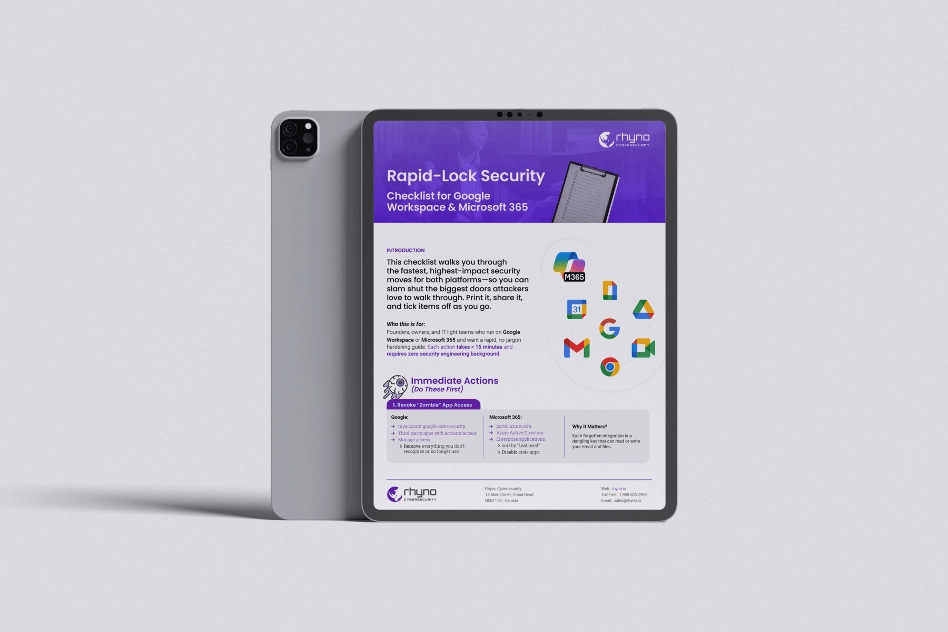Global Chaos as Amazon’s AWS Collapses
A catastrophic failure at Amazon Web Services (AWS), the digital foundation for a massive portion of the internet, triggered a worldwide digital blackout on Monday. The outage knocked countless popular apps, websites, and essential services offline, leaving millions of users unable to work, play, communicate, or even order food. The event serves as a stark reminder of how much of our daily online life depends on a single company and how quickly it can all come crashing down.
A Digital Domino Effect
The chaos began in the dead of night. Shortly after 3 a.m. Eastern Time, a critical problem erupted within one of Amazon’s most important data centers, the U.S.-East-1 Region located in northern Virginia. This facility is one of the largest and most crucial hubs for the global internet, and its failure set off a disastrous chain reaction.
Suddenly, apps and websites that people rely on every day stopped working. Gamers on platforms like Roblox and Fortnite were kicked out of their sessions. Snapchat users panicked as their friend lists and precious daily streaks vanished. People trying to order coffee from the Starbucks app or a meal from McDonald’s found the services unusable. The disruption reached into nearly every corner of the digital world, affecting streaming services, major news organizations, and even banking and airline operations. The monitoring website Downdetector was flooded with an incredible 6.5 million reports from users who found that over a thousand different services were suddenly out of commission.
What Went Wrong in Virginia?
Amazon initially reported an “operational issue” with one of its core database systems. In simple terms, the part of their system responsible for storing and retrieving huge amounts of data broke down. This initial failure had a ripple effect, taking down 14 other interconnected services with it.
The company’s engineers scrambled to fix the problem. By 6:35 a.m., AWS announced that the database issue was “fully mitigated,” offering a brief glimmer of hope. However, the relief was short-lived. The initial problem had damaged other systems, and by 10:14 a.m., Amazon confirmed it was now dealing with “significant” errors and connection problems across the same Virginia data center.
Later, the company explained that the root cause was a failure in an internal system that manages online traffic. Think of it as the internet’s traffic cop; its job is to distribute requests smoothly across many servers to prevent any single one from being overwhelmed. When this system failed, it created a digital gridlock that brought everything to a halt. The situation got so bad that even Amazon’s own support system, which customers use to report problems, was knocked offline.

From Gaming to Government, No One Was Safe
The list of companies and services affected by the outage reads like a who’s who of the digital age. United Airlines and Delta reported flight delays. Financial services were hit hard, with the cryptocurrency exchange Coinbase, the trading app Robinhood, and the payment app Venmo all experiencing major issues.
The disruption wasn’t limited to commerce and entertainment. The U.S. government’s Medicare website became inaccessible for many people trying to sign up for health insurance. Across the Atlantic, the British government’s tax and customs website was also unavailable for some users.
Media organizations, including Disney, The New York Times, and The Wall Street Journal, were also impacted. The Associated Press had to switch to a backup system to continue delivering breaking news. This widespread failure highlights a critical vulnerability: many competing companies, and even governments, are all built on the same foundation provided by AWS.
More Than Just an Inconvenience
For many, the outage was a frustrating inconvenience, but for others, the implications were far more serious. Secure messaging apps like Signal also went dark, prompting human rights organizations to voice their concerns. Article 19, a group that advocates for free expression, called the event a “democratic failure.”
“When a single provider goes dark, critical services go offline with it — media outlets become inaccessible, secure communication apps like Signal stop functioning, and the infrastructure that serves our digital society crumbles,” said Corinne Cath-Speth, the organization’s head of digital.
Tech mogul Elon Musk commented on the situation, noting it was “pretty weird” that AWS had the power to effectively shut down a service like Signal at any moment. The incident has reignited debates about the dangers of centralizing so much of our critical digital infrastructure in the hands of one or two giant corporations. This wasn’t the first time AWS has had a major outage; similar widespread failures occurred in 2023 and 2021, showing a recurring pattern of fragility in a system the world has come to depend on. As the day wore on, services slowly began to return, but the message was clear: the invisible backbone of our digital world is surprisingly fragile.


